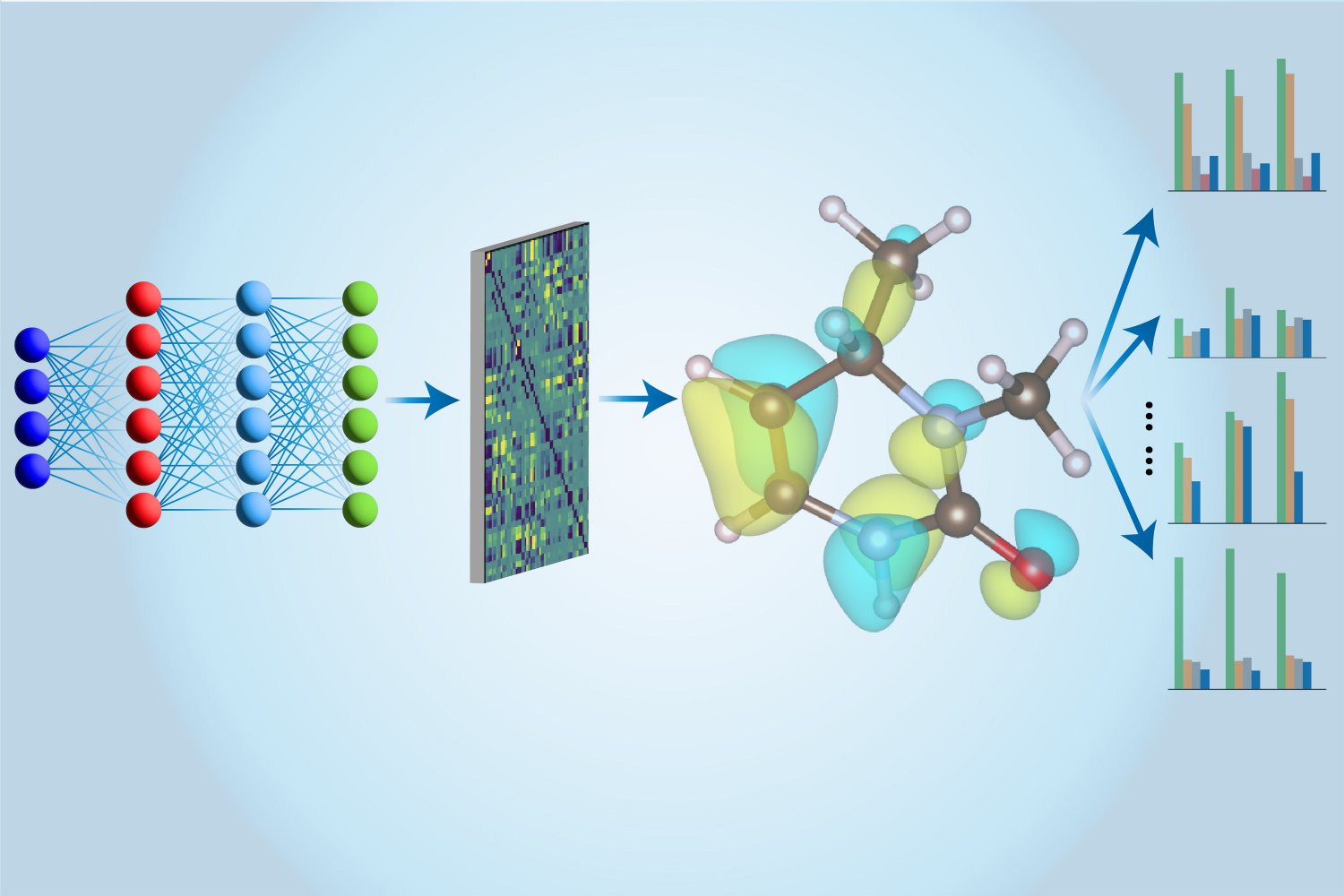New computational chemistry techniques accelerate the prediction of molecules and materials

A Quantum Leap in Materials Design: The Promise of Multi-task Electronic Hamiltonian Networks
Delving into the Past
Once upon a time, the pursuit of materials creation was an arduous task, with alchemists striving fruitlessly for centuries to transform lead into gold.
Unlocking the Potential of Materials Science
The advent of the periodic table illuminated the distinct properties of different elements, while machine learning tools have amplified our ability to predict molecular structure and properties.
Couples Therapy for Computational Chemistry
Researchers are employing coupled-cluster theory (CCSD(T)), a more accurate but computationally demanding quantum chemistry technique, coupled with machine learning to overcome limitations.
Enter the Multi-task Electronic Hamiltonian Network
The MEHnet model, trained on CCSD(T) calculations, leverages approximation techniques to perform rapid computations. It unveils multiple electronic properties, including the optical excitation gap and infrared absorption spectrum.
This exciting work showcases the power of combining computational chemistry and deep learning, paving the way for more precise and efficient electronic structure methods.
— Qiang Zhu, University of North Carolina at Charlotte
Expanding the Horizons
Having tested the model on small molecules, the researchers are exploring heavier elements and larger molecular systems. Their goal is to predict the properties of unknown molecules and optimize material designs.
Endless Applications Await
This approach has the potential for high-throughput molecular screening, crucial for identifying novel molecules and materials with desirable properties.
— Qiang Zhu
The future holds the promise of developing advanced materials for drug design, semiconductor devices, and batteries through the expanded capabilities of the MEHnet model.
Pushing Computational Frontiers
With the ultimate ambition to cover the entire periodic table with CCSD(T)-level accuracy, the researchers envision a groundbreaking leap in materials science and the unfolding of a realm where the boundaries of computation are yet to be defined.